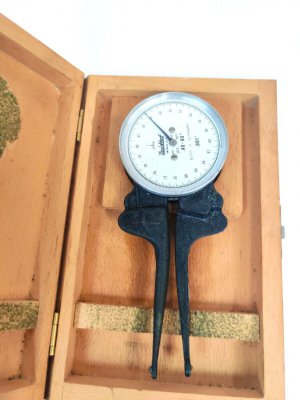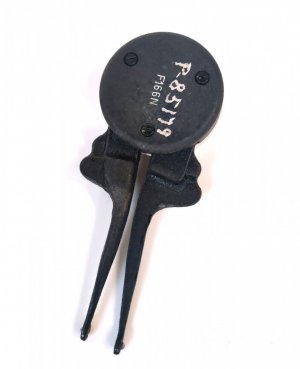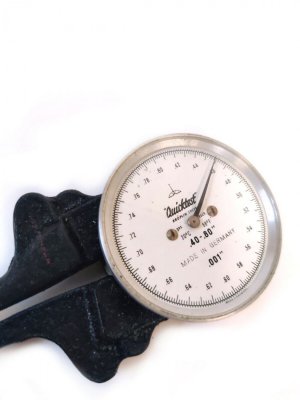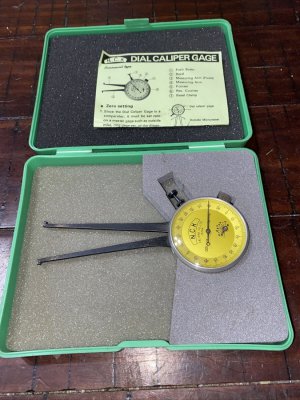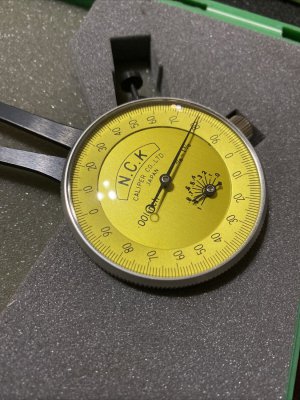- Joined
- Aug 29, 2019
- Messages
- 1,143
I recently acquired a Quick Test Comparator style inside diameter snap gauge. Unlike most dial indicators the Zero is not movable or at least I do not know how to do it. It is made to measure between .400 and .800 inches. So, the way to set it would be to use an outside micrometer on a stand. I have tried this, and it is always about .005 undersize on the dial. I have a similar gage made in Japan and it is for .375 to 1.250 and it does have the movable dial so you can set it at zero and simply compare the diameter of what you are boring to the zero on the gage. Does anyone have experience with the German Quick Test gage? There must be a way to calibrate it. I will provide pictures tomorrow. Thanks in advance.



